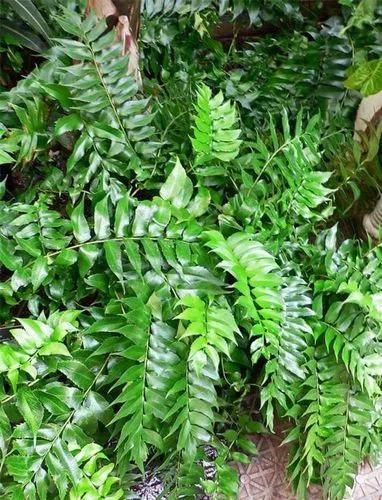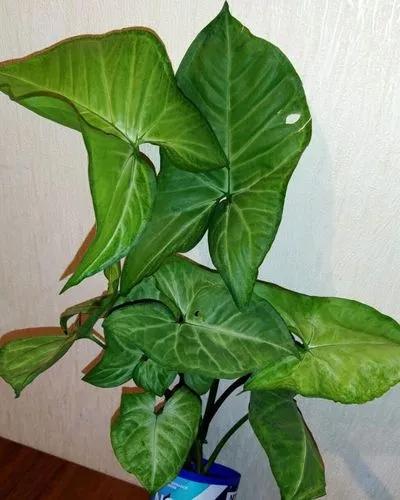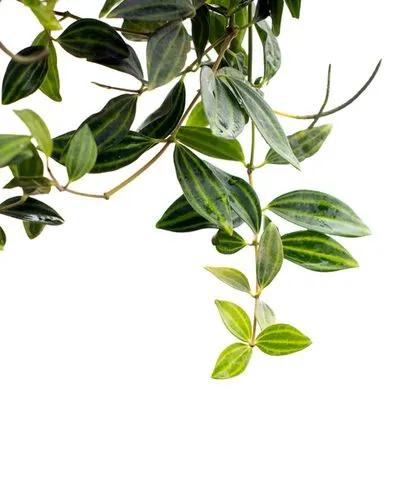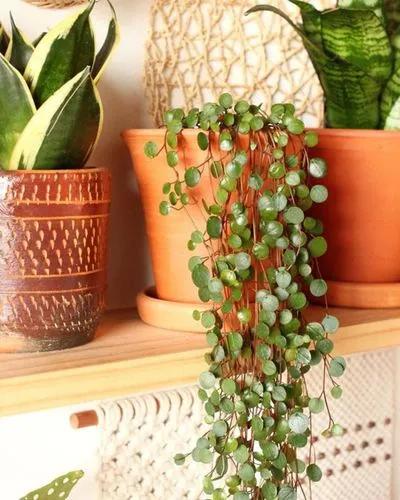Variegated Ficus benjamina Plants are one of the most common houseplants. The green and cream-colored leaves add color to your decor. They can be trained as a tree with a clear trunk or as a bush with leaves from the top of the plant to the soil level. These plants need bright, direct light and they prefer to dry out some between watering. It's best to keep this Variegated Ficus benjamina in the same location because any change in moisture, light or location will cause the plant to drop some of its leaves to adjust. New leaves will quickly grow in to fill the tree.
Variegated Benjamin Care
Variegated Ficus Benjamin



How to Care for the Plant

Water

Keep the plant steadily moist, but do not allow it to sit in water or it will drop leaves and may develop root rot. In its native environment, plants typically drop leaves at the beginning of the dry season, which makes them acutely sensitive to changes in moisture. Make sure your watering schedule is consistent.

Fertilizer

These plants are heavy feeders and need plenty of fertilizer throughout the growing season. Feed your ficus with slow-release pellets at the beginning of the growing season. They are rapid growers and will benefit from monthly fertilization in the spring and summer and once every two months in the fall and winter.

Sunlight

The weeping fig needs a bright room with plenty of indirect light, and perhaps even a little direct sun in the morning. In its native habitat, it is often grown in semi-shady conditions, but indoors it needs good light to thrive. This plant dislikes being moved and may drop leaves if it is. It is important you find a good, bright spot for it and keep it there.

Soil

Any good, fast-draining potting soil will likely do. Weeping figs do not require soil that is especially high in nutrients or organic matter. If re-potting, use a soil-based potting soil that contains perlite, sand, and vermiculite for improved drainage.

Temperature

Ficus trees do best with nighttime temperatures between 65 and 70 degrees Fahrenheit and daytime temperatures between 75 and 85 degrees Fahrenheit. Consider setting your thermostat to regulate temperature fluctuations in your home. In the summertime, do not use heavy air conditioning, since weeping figs will suffer if the indoor temperature drops below 70 degrees Fahrenheit.

Additional

While not toxic, ficus plants are a concern to those who suffer from latex allergies. There is latex in the ficus plant and they should not be kept in the same environment as latex allergy sufferers.

Popularity

350 people already have this plant 58 people have added this plant to their wishlists
Discover more plants with the list below
Popular articles






